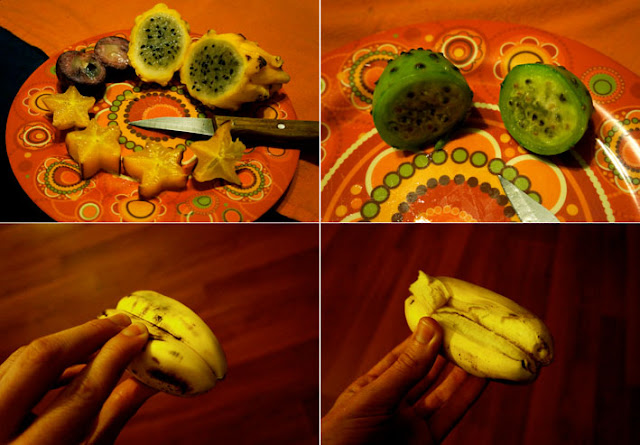The canopy of a tropical rainforest is a world very different from the ground it shadows. Trees are ladened with bromeliads and orchids, draped in mosses and ferns, tangled in vines and lianas, and, in some cases, burdened with the weight of other trees. In turn, the leaves of these plants growing on trees – known as epiphytic – may have other forms of plantlife growing on their leaves! These plants are epiphyllic . So, epiphytes grow on other plants (namely trees), and epiphylls decorate the leaves of other plants. Neither type of vegetation is parasitic. During the University of Manchester's Tropical Biology field course in Payamino, Ecuador, I was studying the biodiversity within bromeliads (more on here ). The first part of bromeliad collection is, obviously, finding them. I did just say the place is riddled with them. And it is. However, telling apart arboreal bromeliads and ferns, or even orchids, from the ground isn't always easy. Especially when looking up at a c...














